Apple’s groundbreaking Vision Pro headset, once heralded as the dawn of “spatial computing,” is now facing an uncertain future. Reports suggest that Apple has scaled back — or possibly even halted — development on both its next-generation Vision Pro and the more affordable “Vision Air” variant. Instead, the company is said to be redirecting its attention toward a new class of smart glasses that could redefine how people interact with technology in daily life.
The Rise and Stumble of the Vision Pro
When Apple unveiled the Vision Pro, it was introduced as the most advanced mixed-reality headset ever built. With ultra-sharp micro-OLED displays, eye and hand tracking, and seamless integration with Apple’s ecosystem, the headset represented years of innovation. CEO Tim Cook called it the “beginning of spatial computing,” suggesting a future where screens would dissolve into immersive 3D environments.
However, that future has been slow to materialize. Despite its technological brilliance, the Vision Pro struggled to break out of a niche market. With a $3,499 price tag and limited software ecosystem, many consumers viewed it as a luxury curiosity rather than a must-have device. Developers, too, hesitated to build large-scale applications without a guaranteed user base.
In the months following its release, reports surfaced of low sales, shortened production targets, and growing skepticism even within Apple’s own design teams. What began as a bold bet on immersive computing is now being reassessed as the company weighs its long-term hardware strategy.
A Strategic Pivot Toward Smart Glasses
Apple’s new focus appears to be on lighter, more accessible smart glasses — devices that could eventually blend digital information into everyday life without the bulk of a headset. These glasses are rumored to be designed for all-day wear, offering key augmented-reality features such as contextual notifications, real-time translation, navigation overlays, and visual integration with Apple’s expanding artificial intelligence tools.
The decision to prioritize smart glasses over full-scale headsets marks a major strategic shift. Insiders suggest that Apple’s leadership believes smaller, sleeker devices have a better chance at mass adoption — much like how the iPhone succeeded by combining advanced technology with everyday convenience.
While the Vision Pro may not disappear overnight, its role in Apple’s lineup could transition to a “showcase” product — a high-end reference platform for developers and professionals, rather than a device intended for mainstream consumers.
Why Apple Is Rethinking the Vision Pro
Several key factors seem to have driven Apple’s change in direction:
- Market Saturation and Price Barrier
The Vision Pro’s high cost limits its audience to tech enthusiasts and early adopters. Even with financing options, it remains out of reach for most consumers. Apple’s internal data reportedly shows that the adoption curve plateaued far sooner than anticipated. - Limited Use Cases
Beyond immersive entertainment, remote collaboration, and productivity demonstrations, the headset lacks daily utility. Smart glasses, on the other hand, could integrate seamlessly into users’ lives — offering directions, notifications, or AI assistance on the go. - Engineering Challenges
Creating a powerful yet lightweight headset has proven difficult. Battery life, heat management, and comfort issues remain unresolved, even after extensive testing. - Shifting Technological Trends
Apple’s growing investment in artificial intelligence, particularly on-device and contextual AI, aligns more naturally with lightweight wearables than with heavy mixed-reality headsets. Smart glasses could serve as the ideal gateway for AI-driven interaction.
The Future of Spatial Computing at Apple
Even as Apple scales back its headset ambitions, it is unlikely to abandon spatial computing altogether. The Vision Pro has already laid the groundwork for next-generation display systems, advanced sensors, and visionOS — a spatial operating system that may find new life in future devices.
Rather than a dead end, the Vision Pro may become a transitional product — a bridge between the screen-based computing of today and the immersive, AI-assisted experiences of tomorrow. Apple’s smart glasses, when they eventually arrive, could inherit many of the Vision Pro’s foundational technologies but in a smaller, more accessible form.
The company’s software and services strategy is also expected to evolve. Developers who invested in visionOS may eventually be able to port their applications to Apple’s smart glasses with minimal changes. In this way, the Vision Pro ecosystem could live on — not as a headset platform, but as the early foundation of Apple’s spatial computing universe.
Challenges Ahead
Despite its vast resources, Apple faces serious obstacles as it transitions to this new phase:
- Miniaturization: Packing powerful AR capabilities into a lightweight pair of glasses remains one of the toughest engineering problems in consumer electronics.
- Battery Life: The need for all-day functionality without bulky battery packs will require new breakthroughs in efficiency.
- User Acceptance: Wearable displays have historically struggled with privacy concerns and social stigma. Apple will need to craft a design that feels both stylish and natural.
- Competition: Tech giants like Meta, Google, and Samsung are all racing to dominate the next generation of AR wearables. Apple’s late entry could mean a tougher climb to leadership.
What This Means for Users
For early adopters who invested in the Vision Pro, Apple is expected to continue offering software updates and improvements, at least in the near term. However, the absence of a clear sequel could make the current model the company’s only high-end headset for years to come.
Meanwhile, the rumored smart glasses could redefine the company’s wearable category — bridging the gap between the Apple Watch and iPhone, and creating a new way to interact with technology.
If Apple succeeds, the next major wave of consumer innovation may not come from a headset at all, but from something as simple — and revolutionary — as a pair of glasses.

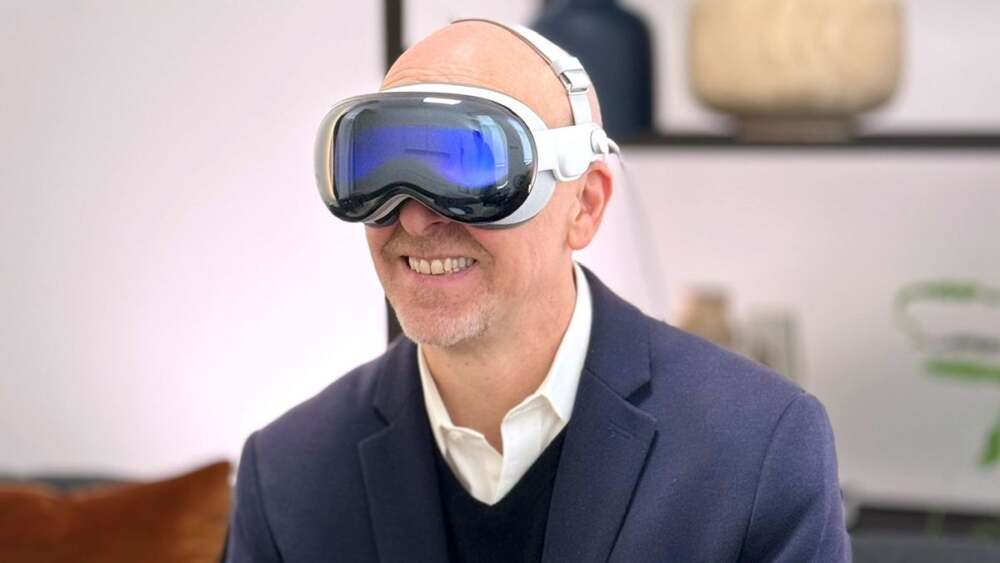

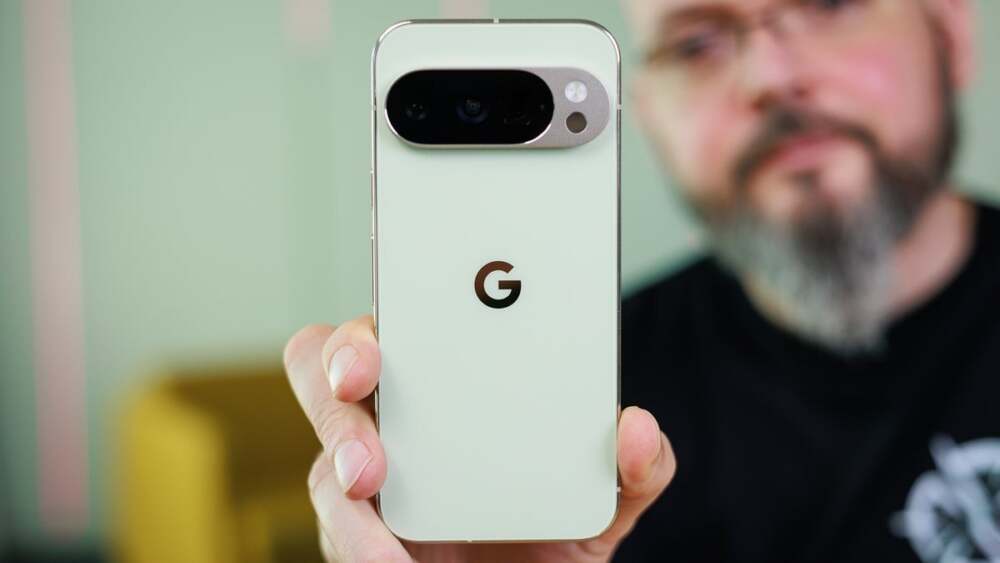

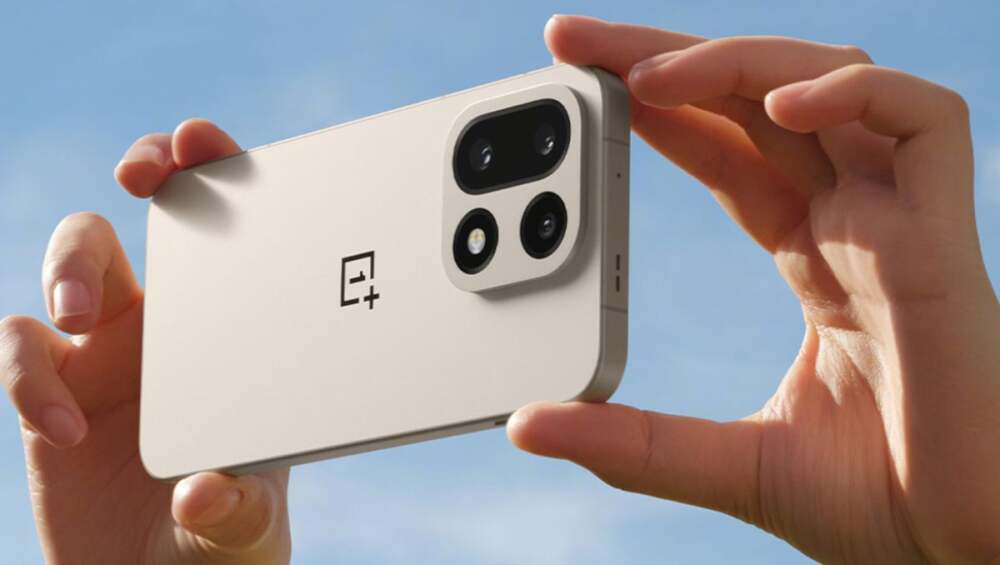

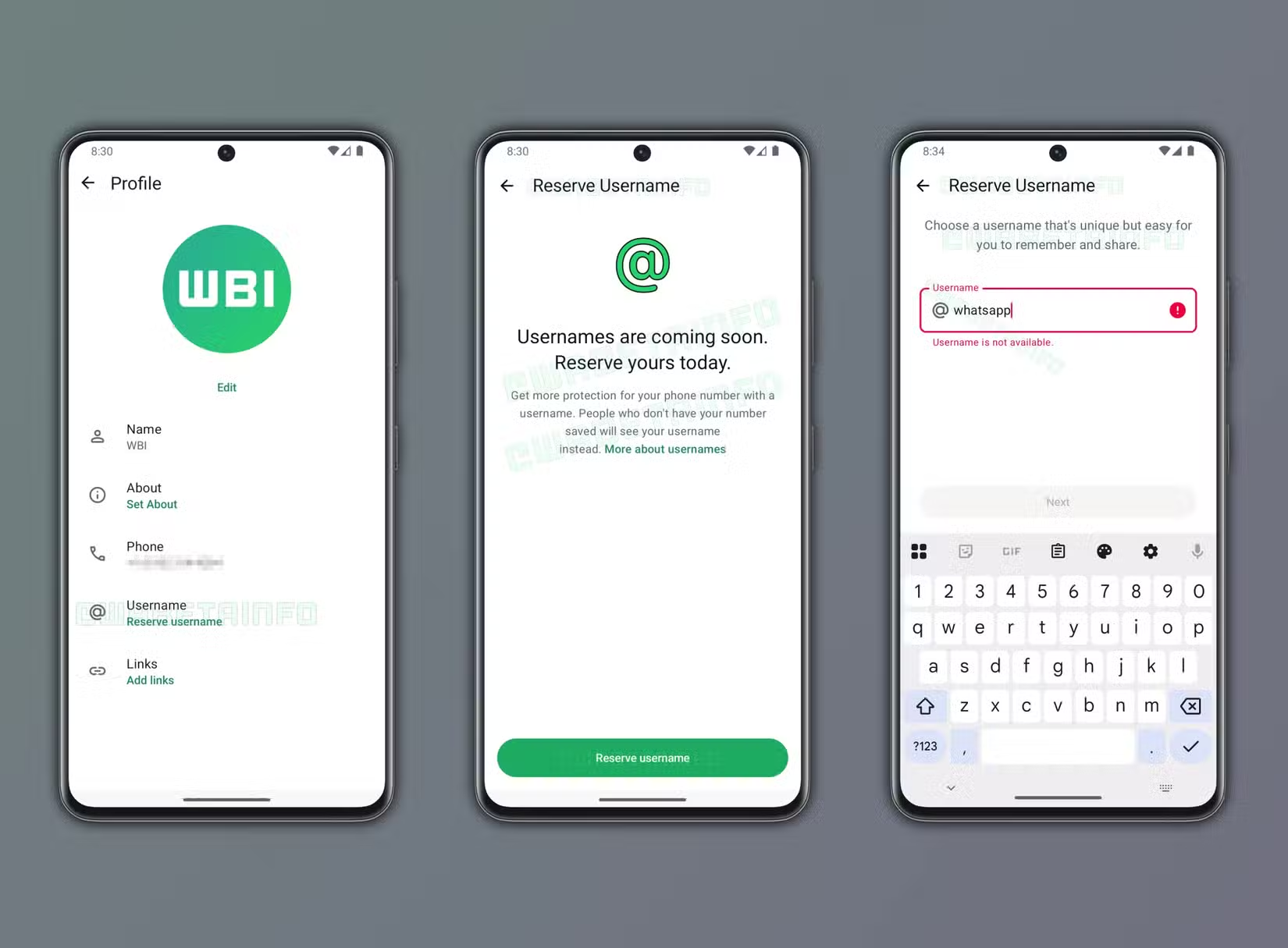
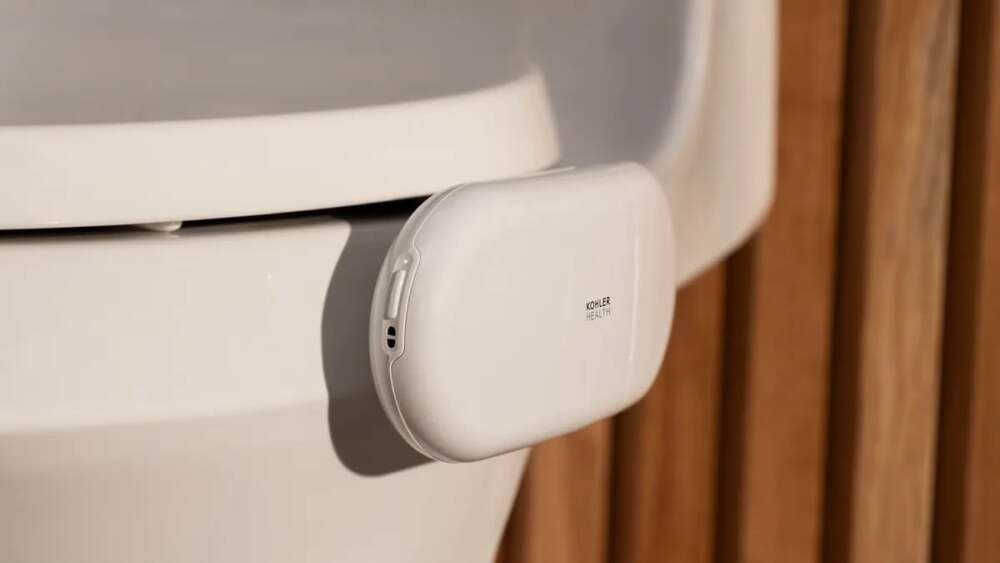
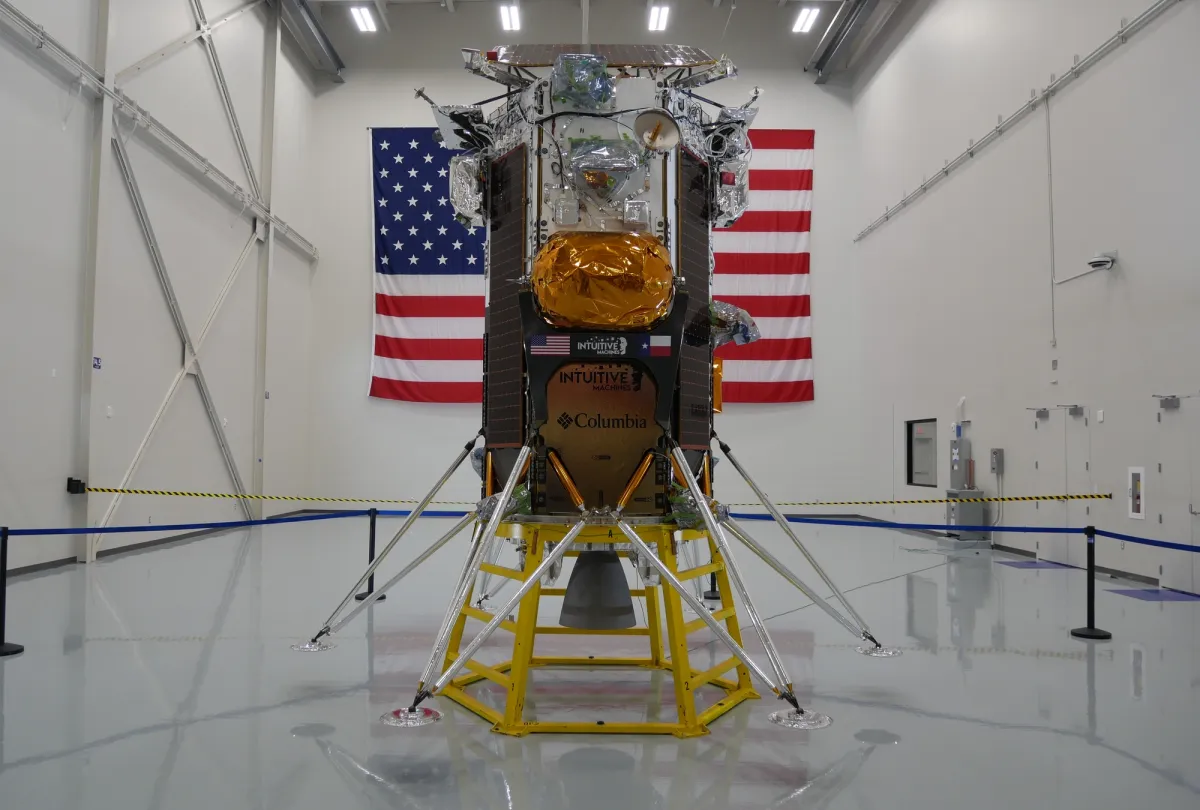

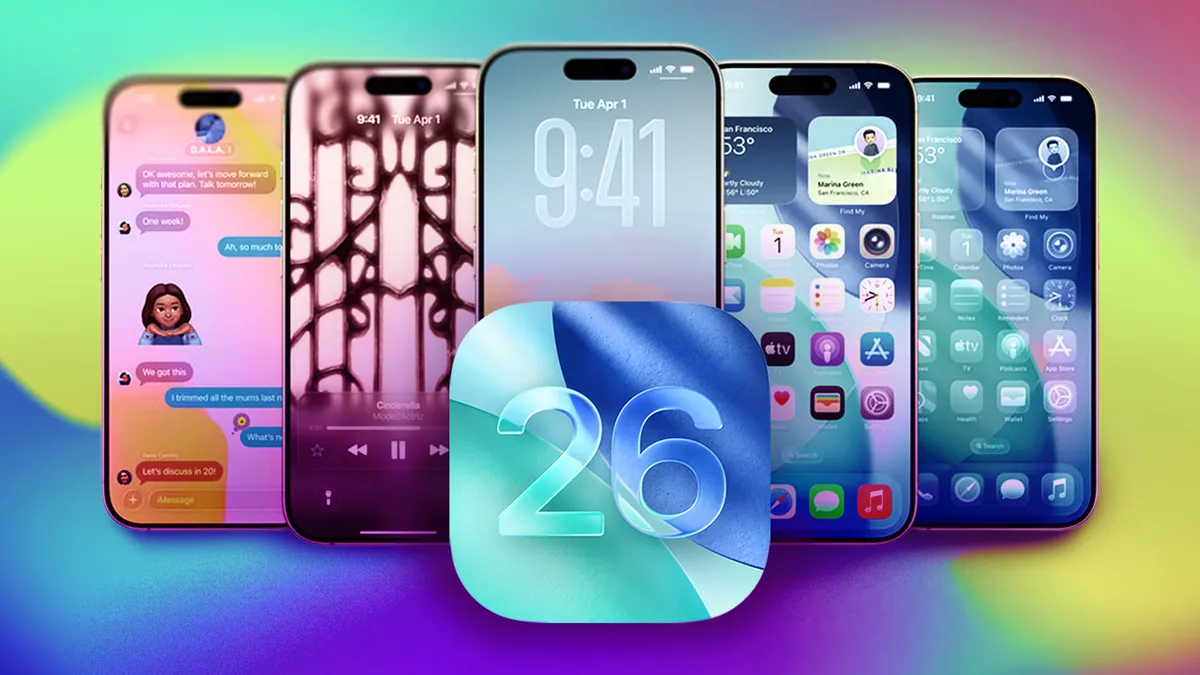




Leave a Reply